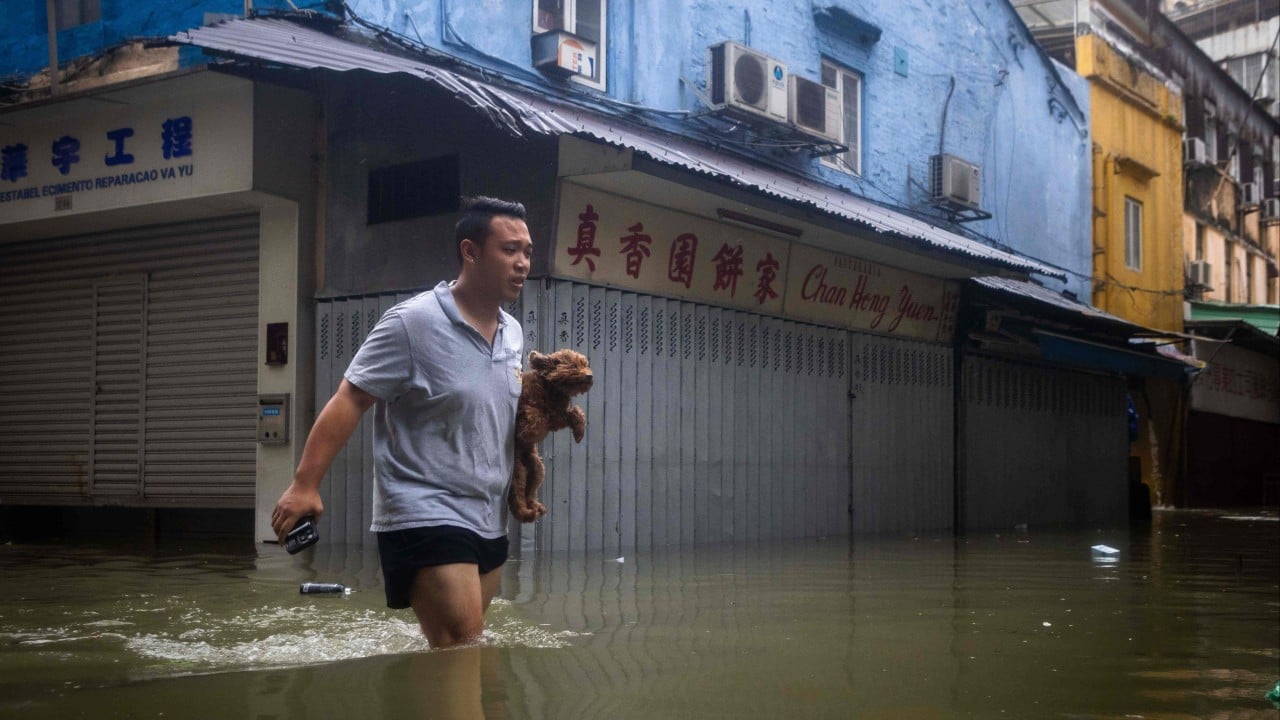Floods are becoming more severe across the Asia-Pacific, driven by the mounting effects of climate change. Nine of the 15 nations most affected by extreme weather are in this region.
Advertisement
According to a study commissioned by the Asia Development Bank in 2012, up to 410 million urban dwellers and 341 million inland residents are at risk of coastal flooding in Asia. Sudden-onset events like flash floods are especially frequent in densely populated cities, where impermeable surfaces, constrained drainage and under-resourced flood management systems reduce warning times and heighten vulnerability.
We are already seeing punishing consequences as floods deepen inequities, strain urban systems and threaten livelihoods. In 2024, Typhoon Yagi caused an estimated US$14 billion in losses across several Asia-Pacific countries, while floods in China added nearly US$12 billion in damages.
The toll goes far beyond financial losses. Beijing endured some of its worst rainfall in July – a year’s worth of rain in under a week. Floods killed at least 30 people, forced over 80,000 to evacuate and caused extensive damage to transport and critical infrastructure.
Catastrophic floods in South Korea around the same time were labelled once-in-a-century events by the country’s national weather agency, claiming at least 18 lives.
Advertisement
Just last month, Bali, Indonesia, experienced its worst floods in a decade, displacing hundreds and destroying homes. Earlier this year, major flooding in the Indonesian capital of Jakarta displaced tens of thousands of people.

